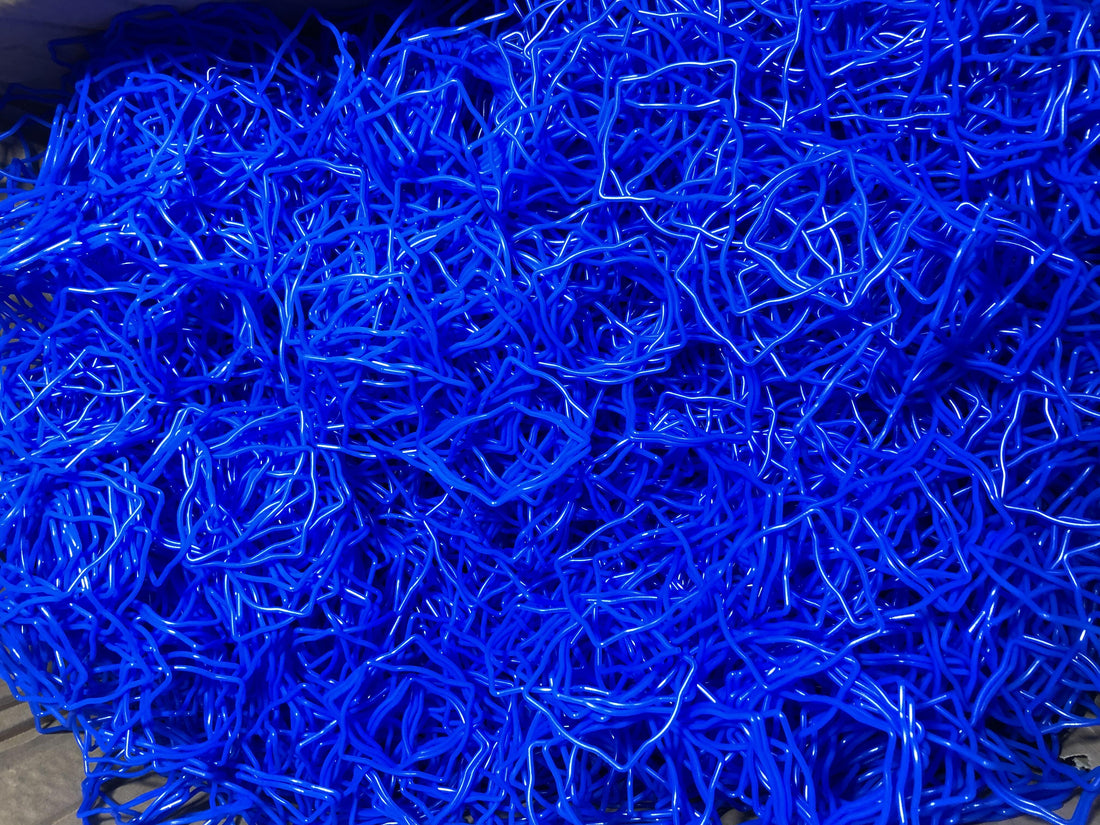Introduction: Sealing rings are critical components widely utilized across various industries, from automotive and machinery manufacturing to petrochemicals and medical equipment. The role of sealing rings is to provide reliable sealing between connected components, preventing leakage of fluids or gases and blocking dust and contaminants. As technology advances and industries progress, the sealing ring industry continues to innovate, offering more efficient, durable, and environmentally friendly sealing solutions to diverse applications.
-
Industry Background and History: Sealing rings have played a crucial role in industrial development since ancient times. The earliest sealing rings can be traced back to antiquity, used to seal wooden barrels and containers. With the advent of the industrial revolution, the demand for precise sealing increased, leading to a new phase in the development of sealing rings. Since the 20th century, significant progress has been made in the sealing ring industry, driven by advancements in materials science, chemical engineering, and manufacturing technologies, contributing to the growth of modern industries.
-
Key Technologies and Materials: The success of the sealing ring industry relies heavily on continuous innovation in key technologies and materials. Modern sealing rings are commonly made from materials such as fluoroelastomers (FKM), nitrile rubber (NBR), silicone rubber (VMQ), polyurethane (PU), and butyl rubber. These materials offer different properties suitable for various working conditions and environments. Furthermore, advanced manufacturing techniques such as injection molding, compression molding, and extrusion enable the production of high-quality and precise sealing rings.
-
Application Fields: Sealing rings find extensive applications across multiple industries. In the automotive industry, they are used in engines, transmission systems, brake systems, and more. In the petrochemical sector, sealing rings are utilized in valves, pipes, pumps, and other equipment. Medical devices incorporate sealing rings in syringes, pumps, surgical tools, and more. Additionally, sealing rings play a critical role in electronics, aerospace, food processing, and other sectors.
-
Challenges and Solutions: The sealing ring industry faces challenges, such as requirements for use in high-temperature, high-pressure, and corrosive environments. To address these challenges, the industry continuously seeks new materials, designs, and manufacturing technologies. The development of special sealing rings resistant to high temperatures, chemical corrosion, and wear becomes a prominent direction for industry advancement.
-
Environmental Protection and Sustainable Development: While pursuing performance and reliability, the sealing ring industry also focuses on environmental protection and sustainable development. Promoting the use of environmentally friendly materials, reducing energy consumption and waste emissions, and implementing circular economy practices are essential tasks for the sealing ring industry. Through continuous innovation and research, the industry will continue to provide customers with more eco-friendly and efficient sealing solutions.
Conclusion: The sealing ring industry plays an indispensable role in modern industrial applications, influencing product performance and safety. As technology advances and demands evolve, the sealing ring industry will face new challenges and opportunities. Through continuous innovation and the promotion of green manufacturing, the industry will enhance its technical capabilities, providing superior sealing solutions to various industries and contributing to the sustainable development of global industries.

